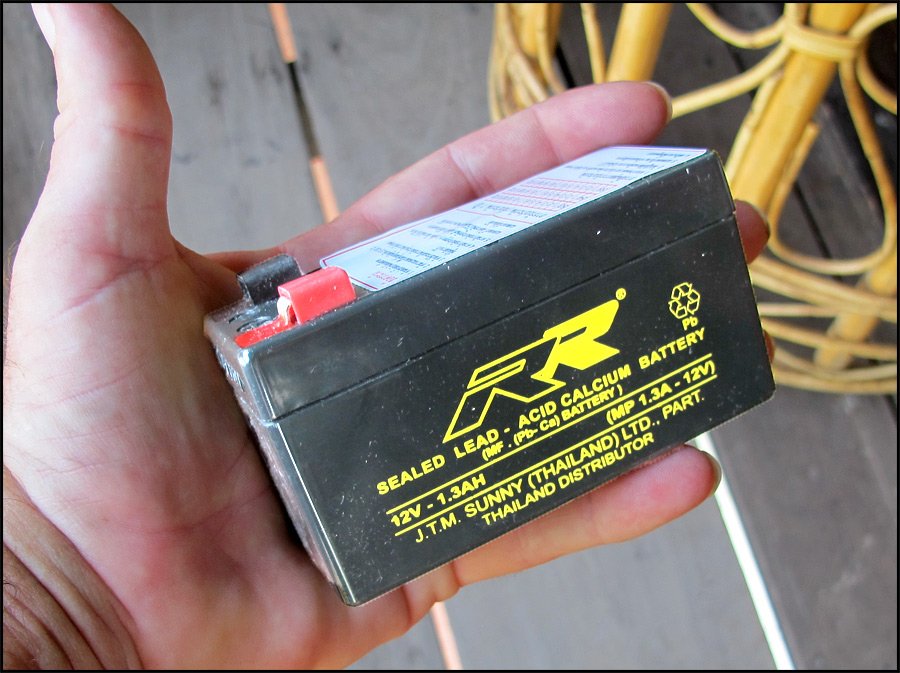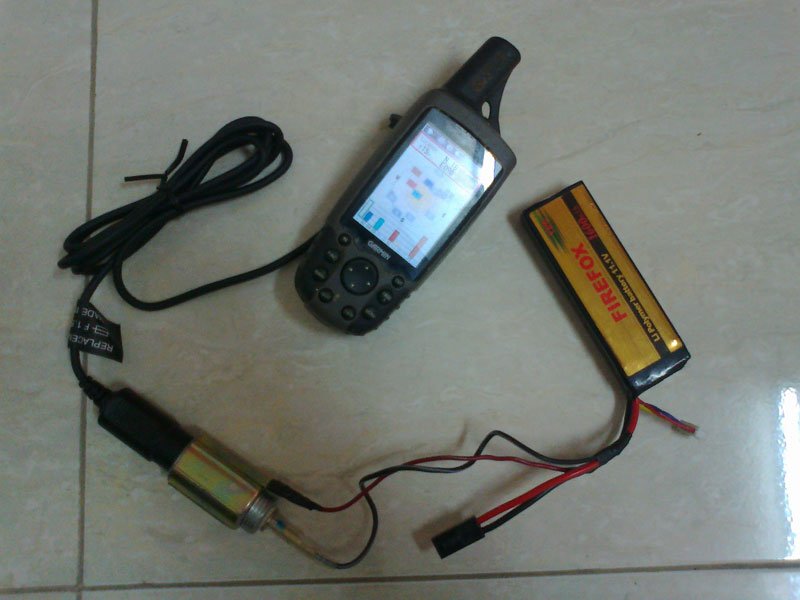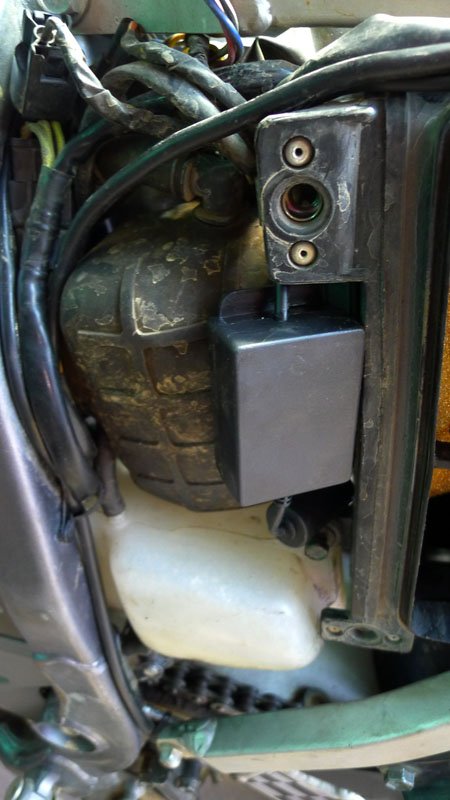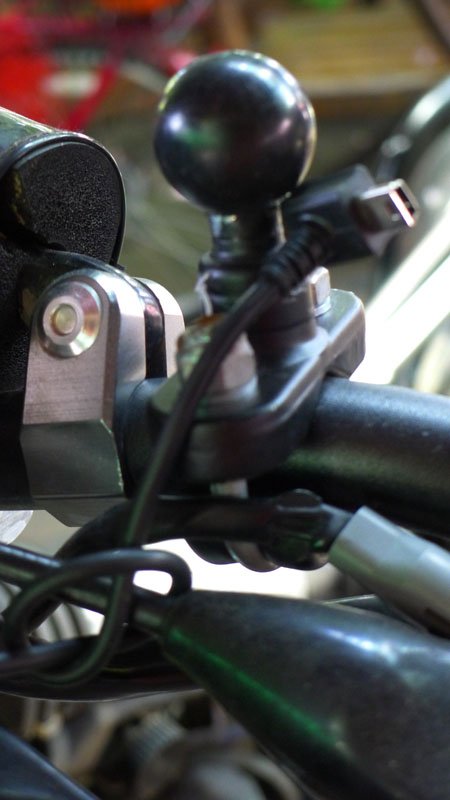AlexUSA
Senior Member
- Joined
- Apr 19, 2011
- Bikes
- XR280R, Dash 125 (supercup) , DT125
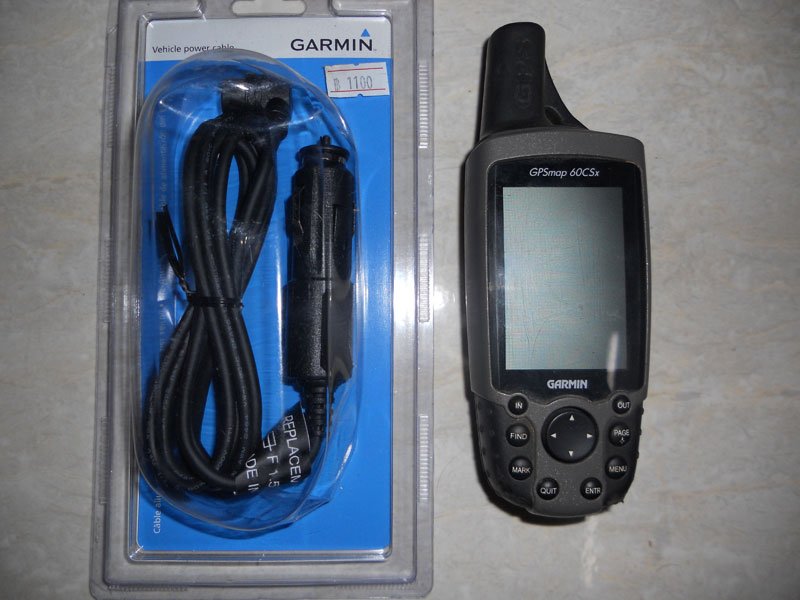
+
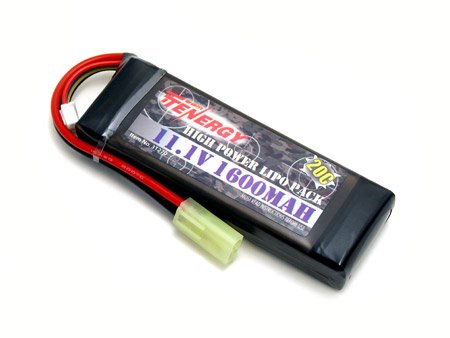
Good idea or bad idea? Any tips for a guy who has no electrical common sense before I do this? My XR has no battery and the standard AA's are always losing contact (tried the typical fixes already).
How many mAh do I want to run my GPS for how long? I can carry a recharger for multi-day trips if we stop overnight.
Is there a transformer or something inside the Garmin car 12v adapter plug end or can I chop it off?



![TF2SFZ-1[1].jpg TF2SFZ-1[1].jpg](https://www.rideasia.net/motorcycle-forum/data/attachments/0/868-e1909929ad36b59fb2fbfb61ce9109ba.jpg)
